Nature's Grocery Store
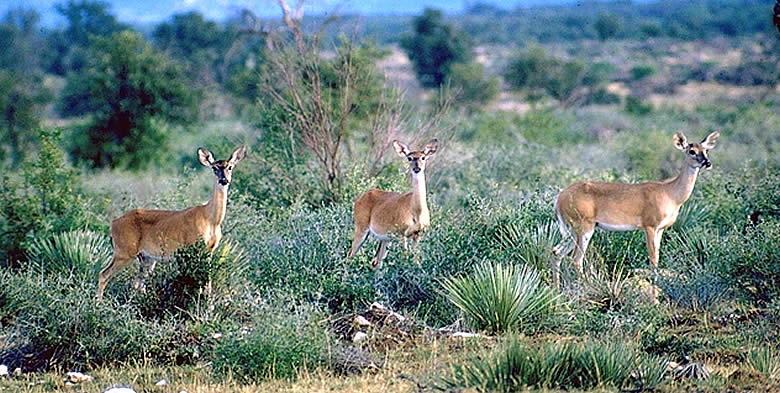

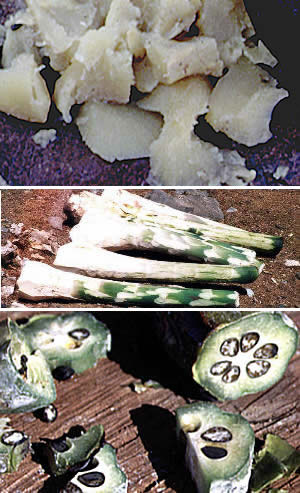
When you see deer standing in a brushy field, you probably don't think, "There's dinner!" But the picture above is full of food, for those who know how to spot it. Not only are the deer an excellent source of protein, but there are grasses with seeds, trees with nuts, and bushes with fruits. The spikey sotol plants shown in the foreground are a meal waiting to happen. Sotol plants have an inner "heart" (or leaf base) that, after long, slow cooking, provide a ready source of carbohydrates. That's energy food!
Some of the foods eaten by prehistoric people may seem very odd to us today. If we could read a prehistoric "menu," we might find fry cakes made from acorn mash, smoky sweet roots (or bulbs) of wild onion, jerkey made from deer or buffalo, and pemmican—a mix made of dried meat, ground nuts, and bits of fruit. (Different Indian groups had different "recipes" for pemmican and other foods). While animals such as buffalo, bear, and deer provided large amounts of meat, small animals were eaten as well—everything from mice to skunks! There were fish and mussels in the streams and birds in the air. And during hard times, even the tiniest critters could be eaten: crickets, grasshoppers, beetles, grubs, and other insects.
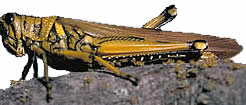
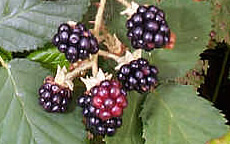
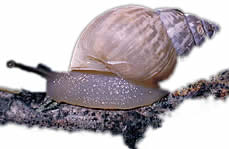
As you can see, many of the foods of the past were very different from what we eat today! Some may seem odd and others downright disgusting! We might not like the idea of eating bugs, snakes, rats, or roots, but that's because we have different customs and tastes today (as well as access to modern grocery stores and restaurants). It was the same throughout prehistory: different groups of Indians ate different foods, depending on where they lived, what their environment was like, what foods were available, and their own cultural traditions.

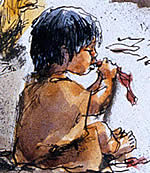
The fact is that Native Americans were "masters of nature's universe" —they knew when fruits, nuts, and seeds were ripe, which plants were useful (and which were poisonous), how to trap and hunt animals both big and small, and how to prepare all these foods. And until people started growing their own crops about 1000 to 1500 years ago in some parts of Texas, the prehistoric diet was naturally low in fat and full of vitamins. But it wasn't always easy. Cold winters and long dry spells caused terrible suffering at times. When Indians in Southwest Texas began eating too many sugary roots around 5500 years ago, their lost their teeth because they had too many cavities!
Prehistoric Kitchen Blowing in the Wind Food Wheel A Thorny Subject Hot Rock Cooking
